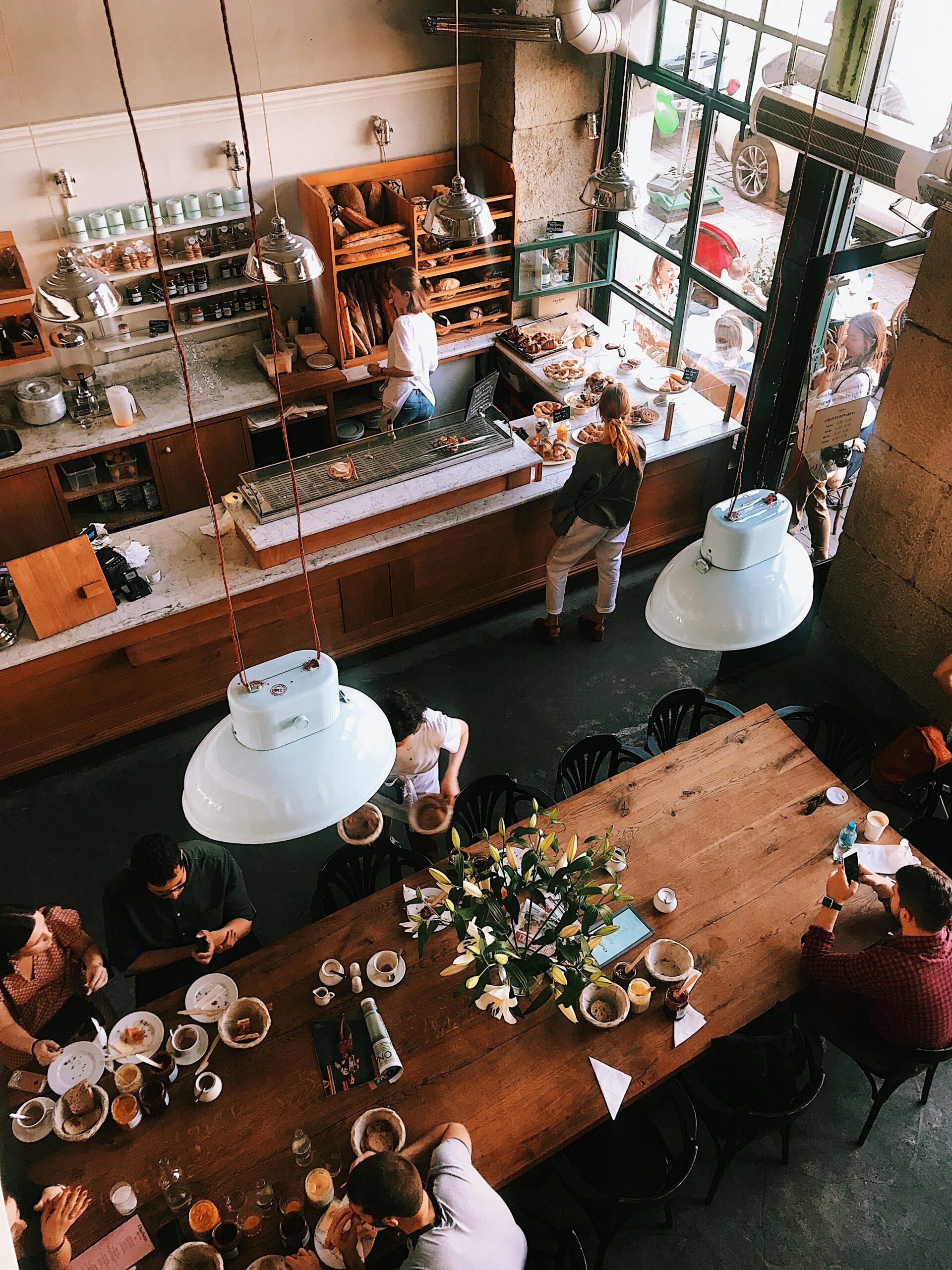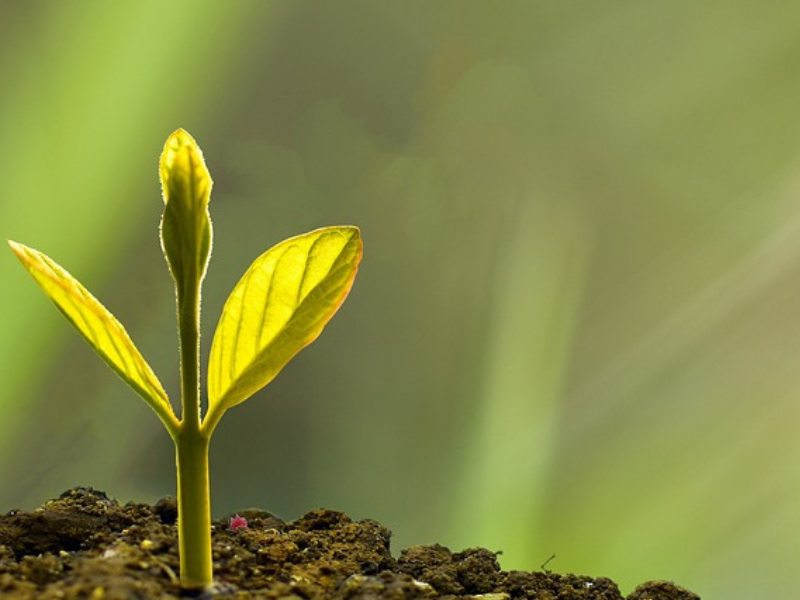
As individuals and businesses alike become more aware of the pressing need for environmental consciousness, it is clear that the role of packaging in shaping sustainability is critical. With consumers demanding eco-friendly alternatives, the concept of environmentally-friendly packaging has emerged as a powerful force for change. In this article, you will discover the multifaceted impact of eco-friendly packaging, from its ability to foster sustainability to its profound influence on consumer perceptions. Explore the challenges and innovative solutions, learn about sustainable packaging materials and design strategies, and gain real-world insights that will inspire you to take positive steps towards a more eco-conscious future.
The Role of Packaging in Sustainability: Challenges and Solutions
Packaging plays a crucial role in sustainability efforts, requiring companies to create eco-friendly solutions that use fewer resources, generate less waste, and are easily recyclable. Achieving sustainable packaging involves a comprehensive approach that includes materials, manufacturing processes, and end-of-life considerations.
Sustainable Packaging Materials: Innovations and Trends
In the pursuit of eco-friendly packaging, material innovation takes centre stage. Biodegradable materials, such as compostable plastics derived from plant sources, have gained traction. Likewise, packaging made from recycled content, particularly post-consumer recycled materials, showcases a commitment to circularity. Collaborative initiatives between industries and research institutions are driving breakthroughs, resulting in packaging that strikes a balance between functionality and sustainability.
Designing Minimalist Packaging for Reduced Waste
Minimalist packaging serves as an exemplar of form meeting function. By adopting a less-is-more approach, companies reduce excess material usage, thus curbing waste and environmental impact. Simple, clean designs not only exude elegance but also resonate with consumers seeking authenticity and transparency. This design philosophy emphasizes the essence of the product while reducing the ecological toll of unnecessary packaging elements.

Package Upcycling and Reusability in Eco-Friendly Design
The concept of “upcycling” has breathed new life into packaging’s sustainability narrative. Packaging designed for upcycling or repurposing showcases a commitment to longevity. Creative packaging solutions that transform into useful items post-consumption engage consumers beyond the initial purchase, fostering brand loyalty while minimizing waste. The transition from single-use to reusable packaging heralds a paradigm shift, reinforcing the value of conscious consumerism.
Consumer Perception of Eco-Packaging: Research and Insights
In a landscape where consumer preferences are pivotal, understanding how eco-packaging resonates is crucial. A survey by the World Economic Forum revealed that 85% of respondents desire appropriate product labelling, while 71% advocate taxing businesses that exploit scarce natural resources. The transition to a circular economy is hailed as a climate change mitigation strategy, with a growing number of individuals willing to pay a premium for products aligned with planet-friendly practices.
Real-World Insights: The 2023 Buying Green Report
The 2023 Buying Green Report from Trivium Packaging offers a compelling snapshot of consumer behavior. A staggering 66% of participants self-identify as environmentally aware, driving them to engage in sustainable activities. From supporting local businesses to reducing food and packaging waste, consumers are making conscious choices. Notably, 79% actively seek products in sustainable packaging, reflecting the pivotal role packaging plays in purchase decisions.
Empowerment Through Action
As we navigate the transformative landscape of eco-friendly packaging, empowerment through action emerges as a resounding call. Businesses and consumers alike hold the power to reshape the future by choosing sustainable packaging solutions. By embracing innovation, endorsing circular practices, and demanding transparency, we forge a path toward a more harmonious coexistence with our planet.

Unique Challenges and Barriers in Developing Countries
While the global movement towards eco-friendly practices gains momentum, citizens in developing countries encounter unique challenges and barriers that can hinder their active participation in these transformative initiatives. Limited awareness and education about environmental issues often stand as an initial hurdle. Many individuals in these regions have limited access to information and educational resources that could foster an understanding of the benefits and significance of eco-friendly practices. Consequently, without awareness and understanding, the urgency of adopting sustainable behaviours might not be fully appreciated, even as we complain about the unbearable heat daily.
Another significant challenge is the prioritization of basic survival needs over eco-friendly initiatives. In the face of limited resources and economic uncertainties, individuals often prioritize immediate needs such as food, shelter, and employment. Engaging in eco-friendly practices can be perceived as a luxury that takes a backseat to the pressing demands of everyday life. Additionally, a lack of resources, both financial and infrastructural, can hinder the adoption of sustainable practices. The initial investments required for energy-efficient appliances, waste management infrastructure, or even access to clean energy sources might be inaccessible to many citizens in developing countries, further impeding their ability to participate in eco-friendly initiatives.
Catalyzing Change Through Eco-Friendly Packaging
The journey toward eco-friendly packaging is not a solitary endeavour; it’s a collective movement shaping the future of sustainability. As we reimagine packaging’s role—from a mere vessel to an agent of positive change—we inspire the world to rethink consumption and resource utilization. The stats from the World Economic Forum survey highlight a resounding demand for ethical packaging practices, while the insights from the 2023 Buying Green Report illuminate the growing sway of conscious consumerism.
We have a strong dedication to sustainable packaging that extends beyond mere business dealings. Our actions have a profound impact on the oceans and landscapes, and our shared goal of a more environmentally conscious future brings us together.
Remember, your choice as a consumer and your innovation as a business professional can propel us toward a world where sustainability thrives in every aspect of our lives.


